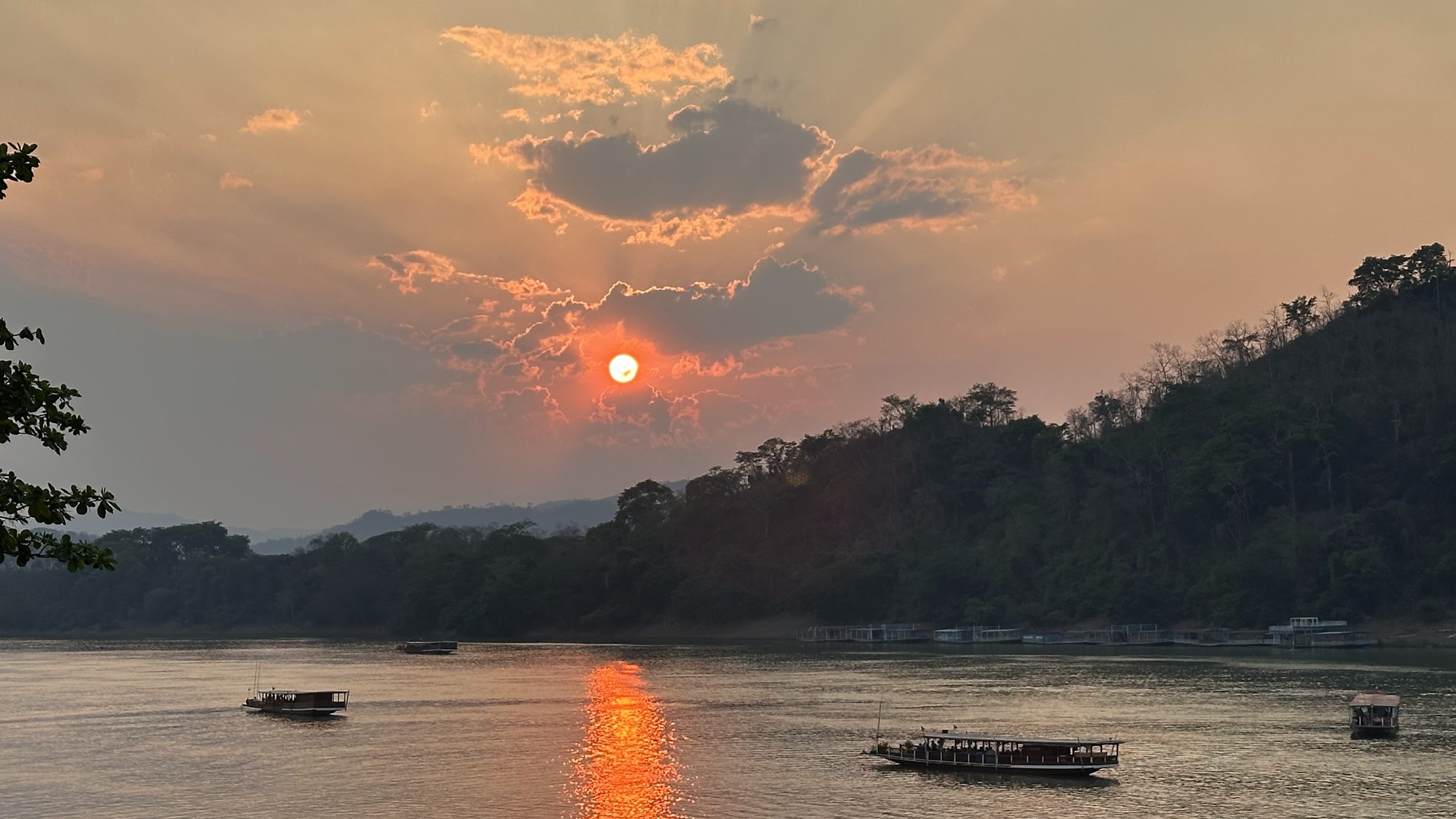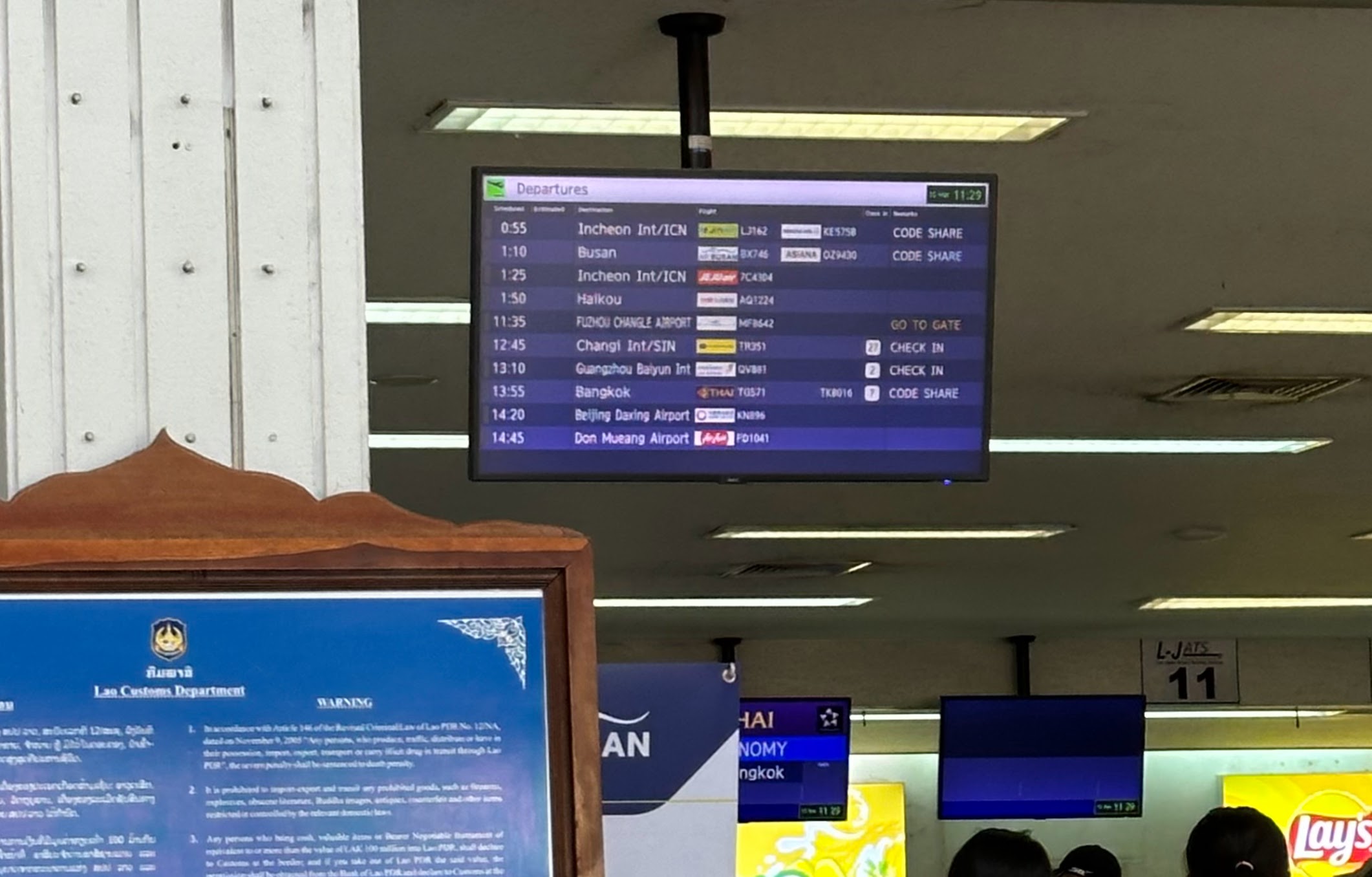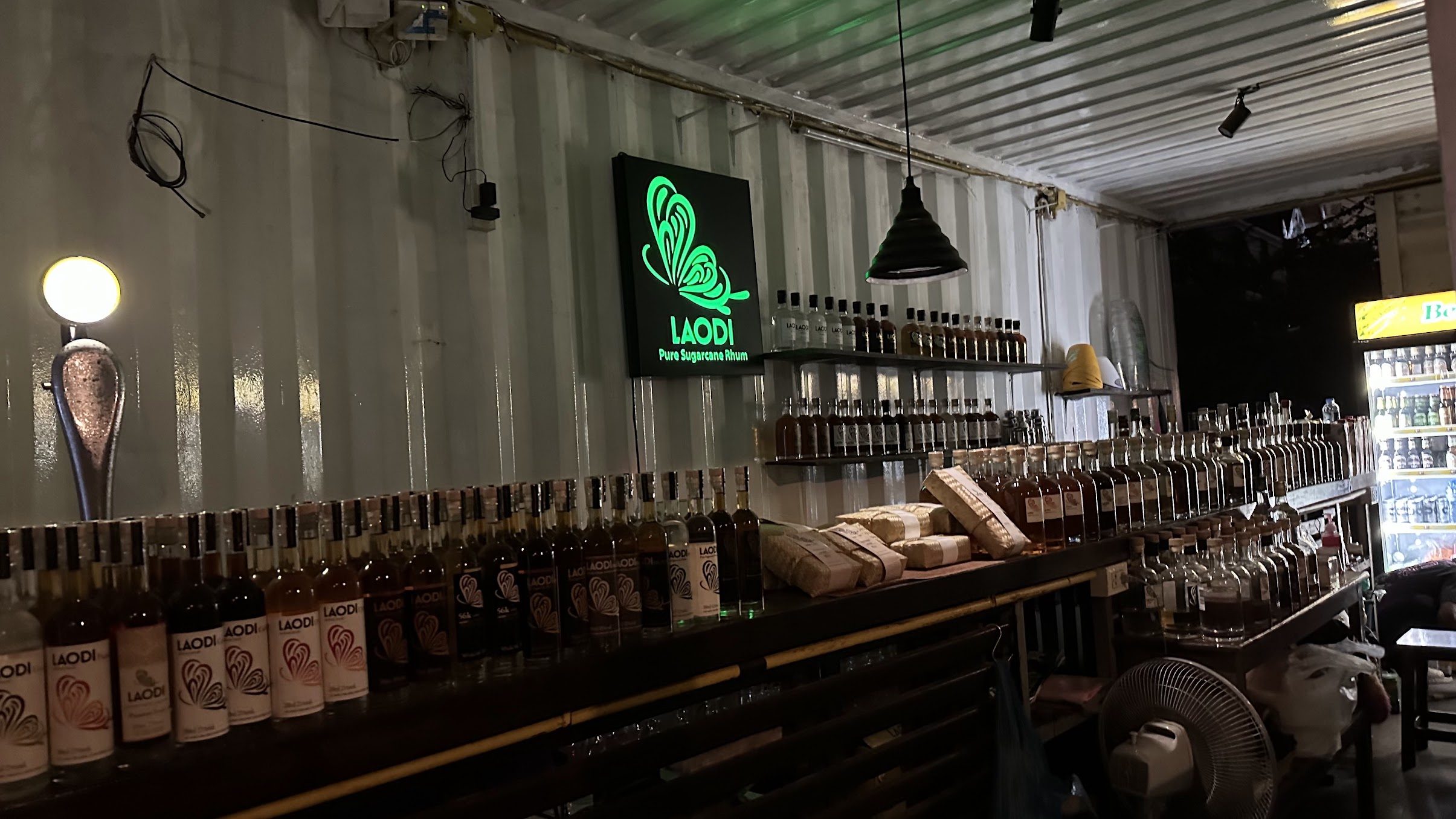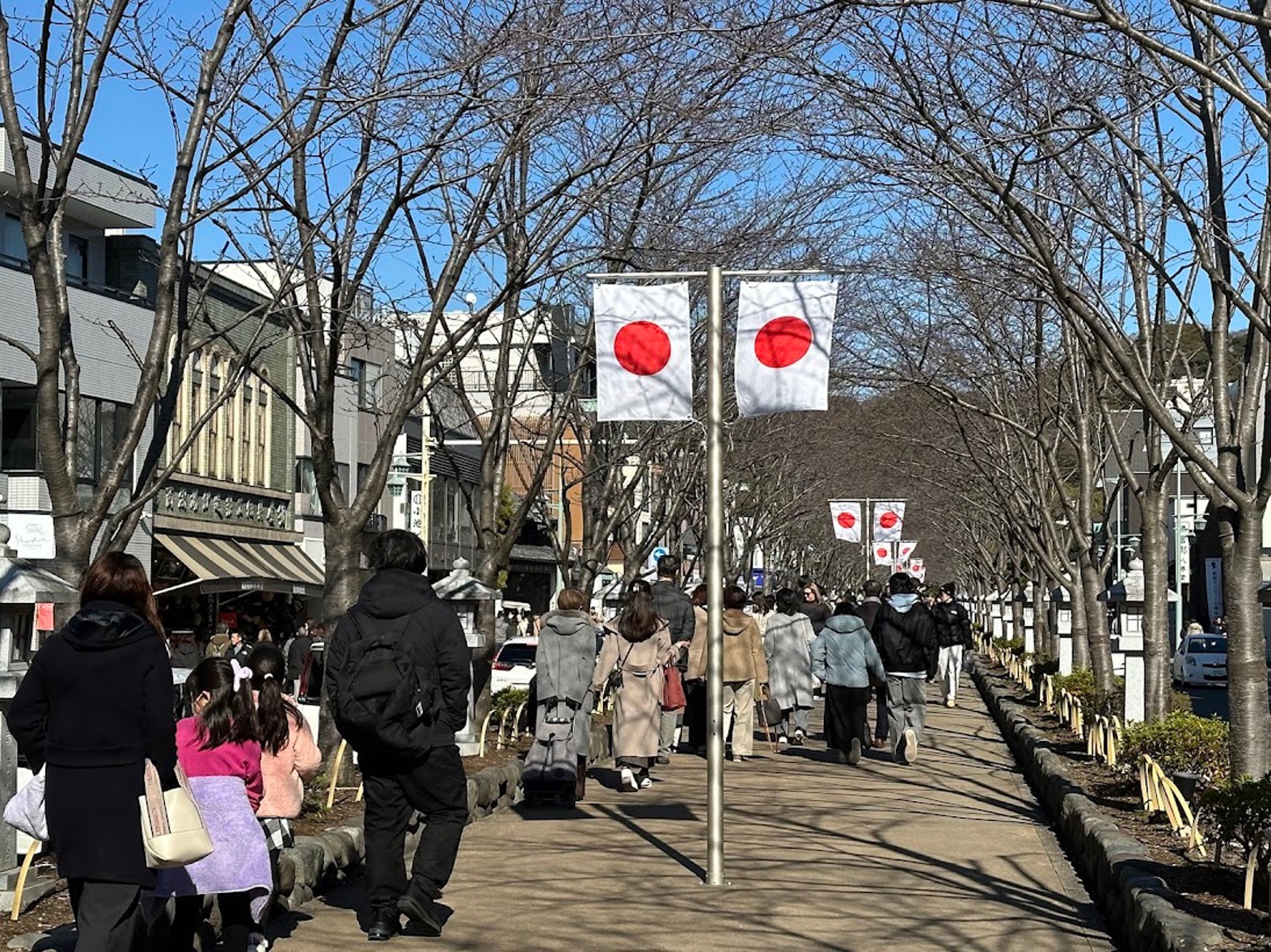BLOG
It’s not a good idea to fall behind in nearby Asia

Earlier this March (2025), I had the opportunity to visit major tourist destinations in Cambodia, Laos, and Vietnam. It was my first time in Cambodia and Laos, and I found that tourism development had progressed far beyond what I had imagined. Western tourists—from elderly travelers to children—were visible everywhere. Of course, in terms of total foreign arrivals, neighboring countries like Thailand, Vietnam, and China rank higher, but they don’t particularly stand out at tourist sites. In urban areas, remnants of colonial-era culture remain, and with improving infrastructure, a certain number of older Westerners (likely pensioners) have settled in, enjoying the slow, tropical lifestyle.
Yes, Cambodia and Laos are tropical and hot. However, March is still part of the dry season, so the humidity was surprisingly low, and as long as you avoided direct sunlight, the heat wasn’t too oppressive. The real issue, perhaps, is the temptation to drink too much beer. Historically, both countries have endured severe hardships from internal and external conflicts, but as Buddhist nations, they feel especially approachable for Japanese travelers. That said, like myself, most Japanese don’t have a deep understanding of Buddhism, so I would recommend brushing up a bit before visiting. Currently, the number of Japanese travelers to Cambodia and Laos remains relatively low. In 2024, about 110,000 Japanese tourists visited Cambodia, placing Japan around 10th in terms of arrivals.

While waiting for my flight from Vientiane to Hanoi, I noticed something surprising on the airport’s departure board: three daily flights, including codeshares, to both Seoul and Busan. For Cambodia, I could understand—but Laos? Why such high demand?
The recent growth in Korean tourism is driven not only by major carriers like Korean Air and Asiana Airlines (now merged) but also by the rapid expansion of LCCs (low-cost carriers) such as Jeju Air and Jin Air. It’s a textbook case of “creating demand where none exists,” aggressively expanding their networks. This proactive approach has played a major role in increasing the number of Koreans traveling abroad. Japanese carriers like JAL, having once experienced bankruptcy, understandably emphasize safety and profitability. Still, from a national interest perspective, securing direct flights—especially with neighboring countries—should be a strategic priority, as such routes are vital for fostering people-to-people ties. LCCs should play a key role in this, but if their inclusion under the JAL and ANA umbrellas results only in excessive caution, their very raison d’être may come into question.

In 2024, Japan welcomed a record 36.87 million inbound visitors. That number is expected to easily surpass 40 million in 2025, perhaps even nearing 50 million. Japan has undeniably become a tourism powerhouse. This is proof of the country’s rich tourism appeal—and it’s something to be proud of. Meanwhile, only 13.01 million Japanese traveled abroad in 2024—roughly a third of the inbound total. This is not only due to the rise in foreign visitors but also a steep decline in outbound Japanese travelers. In fact, the 2024 figure is lower than the 13.57 million recorded back in 1994. Japan’s “lost 30 years” are reflected here, too. Some may say, “With the weak yen, overseas travel is out of the question,” but in this day and age, is there any other OECD country where only one in ten people travels abroad annually? Probably not. The low passport ownership rate in Japan—just 17%—underscores this reality.
Needless to say, welcoming foreign tourists alone isn’t enough. Many emerging nations—including Cambodia and Laos—hold high expectations for Japan’s engagement. Even as tourists, Japanese can contribute to their development, and in doing so, help strengthen bilateral ties. The presence of Japanese people—and of Japan—in these countries carries enormous significance simply by being there.
Along the banks of the Mekong River in Vientiane, there’s a bar run by a Japanese owner that serves LAODI-branded rum. One might ask, “Why rum, a Caribbean specialty, in Laos?” But LAODI is made from locally grown Laotian sugarcane and, through a commitment to quality, has won awards in multiple competitions. The Mekong rum was indeed delicious, and it’s always heartening to see Japanese people making their mark overseas. Behind such efforts lies a spirit of adventure and challenge. At Yamate NEXT (Y-NEX), we are committed not only to inbound tourism but also to expanding and promoting the outbound travel and other business opportunities.




